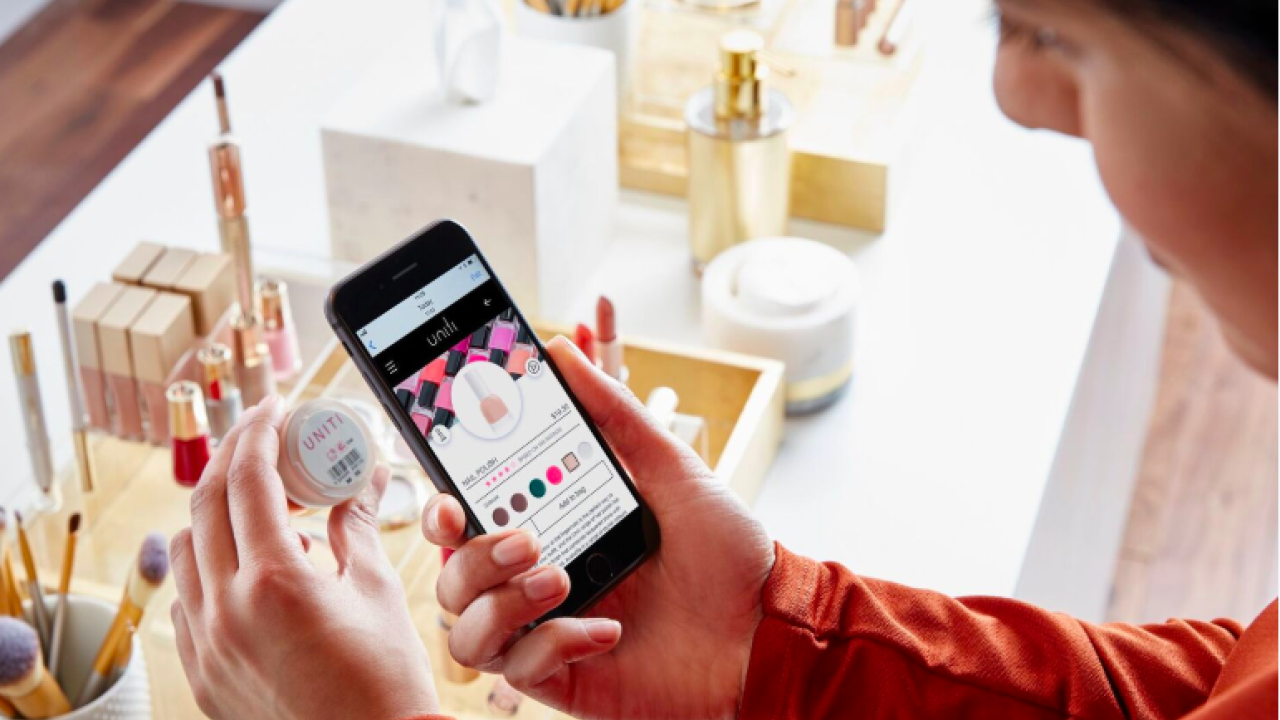Smart packaging boon

Smart packaging can track inventory, it can prevent losses, it can detect food spoilage, it can authenticate wine, it can tell users when to take medicines, it can offer coupons and promotions, it can play games, it can engage and delight, and it can even talk back.
Brands are turning to packaging as a way to give consumers experiences in the store, at home and online, and smart packaging is proving crucial for providing the link between the digital and physical worlds.
‘Connected packaging creates marketing opportunities, bringing the engagement and interaction of the online world to the shopper moment, potentially influencing and driving purchase,’ researchers at Mintel wrote in its 2019 Packaging Trends report. ‘In the home, such content can increase brand engagement, increase product use and add an experiential element to product interactions.’
Such applications can drive loyalty and repurchase decisions and can offer an e-commerce platform – all while collecting valuable consumer data.
Enhancing the user experience is not the only benefit of smart and connected labels and packaging. Brands are realizing the added benefits of inventory management, product life-cycle tracking, brand protection, and guaranteeing product integrity.
A recent Deloitte Consulting survey of over 400 business leaders found that smart packaging is attracting significant investment at consumer packaged goods companies, industrial goods organizations, retailers, and elsewhere. The market for smart packaging generated revenues of $23.5bn USD in 2015 and is expected reach $39.7bn USD by 2020, according to leading market research.
And those label and packaging suppliers who can provide smart and connected ‘solutions’ are often seen as an innovative partner, rather than just a commodity provider.
When people talk about ‘smart labels’ or ‘intelligent packaging’, they’re most often referring to QR codes, NFC or RFID chips, and augmented reality. In this article, we explore all three.
NFC and RFID
RFID and NFC is a strategy at leading providers such as Avery Dennison and SML, both of which have opened interactive facilities in the US. Avery Dennison has also opened its I.lab concept in the Netherlands and India.
Avery Dennison says its I.labs are designed to provide customers and partners with hands-on experiences, and to help converters and partners explore the opportunities surrounding intelligent label and NFC and RFID adoption.
In an interesting case study, Avery Dennison partnered with Mineral Fusion, a natural cosmetics brand that used Avery Dennison’s DirectLink NFC technology on a product launch. The campaign allowed consumers to tap their smart phone on a Mineral Fusion label, when then gave them access to content and videos about a new cosmetic line the company had launched. Mineral Fusion sought to explain the ingredients used in its new products, to describe the benefits of using the makeup, as well as offer tips and videos for applying it.
‘In these natural product stores, it’s a much different environment than, say, a Nordstrom – where you have a representative in a white coat there to demonstrate the whole line,’ says Tim Schaffer, senior vice president of marketing for Mineral Fusion. ‘Deepening the connection with consumers and providing education is highly desirable – but also highly difficult – at the store level.’
The DirectLink technology also allowed Mineral Fusion to capture and track data from consumers, including how many people interact with their content.
Consumers are showing a willingness to share their information when accessing online content, which in turn allows brands to track their interactions in real time, to build consumer profiles, measure a campaign’s performance or to provide feedback.
‘It’s not like you’re prying data out of someone’s hands,’ says Avery Dennison’s Jay Wittmann. ‘They give it willingly if they enjoy interacting with the brand.’
Wittmann says most Avery Dennison RFID adoptions are in the apparel and retail space and typically used for inventory management, supply chain monitoring or loss prevention. But he sees potential for cosmetics companies, such as Mineral Fusion, as well as the fresh food industry – for which RFID can help communicate food freshness – and beverage companies utilizing NFC tags in labels to engage with consumers.
QR codes QR codes have been standard fare for brands looking for ways to engage consumers, and its success in recent years is directly tied to ownership of connected devices worldwide: today there are two billion smartphone users worldwide. Scanning a QR codes is done simply by launching the camera app on any iPhone or Android device and pointing it at the twodimensional barcode, which then links to a web page or app.
Snapchat’s Snap Codes, Amazon’s Smile Codes, Coca-Cola’s sip and scan and Spotify Code are just a few examples of brands that have embraced QR codes to drive consumer interaction.
According to Mintel research, QR codes have become most widespread in Asia Pacific, which makes up the highest regional use of QR codes on consumer-packaged goods launches. Almost 9 percent of all CPG launches in Asia Pacific featured a QR code, compared to 5 percent in Europe. This adoption has led some industry experts to dub 2019 as ‘the year of the QR comeback.’
Unlike RFID, QR codes – as well as augmented reality applications – require no additional printing ability or equipment and often the back-end interaction, website and app maintenance is handled by the brands. However, there are few entrepreneurial label converters who offer this service to their customers.
Augmented reality
Canadian label giant CCL recently began a partnership with Arilyn, a Finnish augmented reality provider, in which CCL will develop, market and sell AR and connected packaging services implemented with Arilyn’s technology. Arilyn has collaborated on AR campaigns for customers such as Arla, Nokia, and Helsingin Sanomat in the past. In Arla’s campaign, Arilyn brought its milk cartons to life with an interactive digital game for children.
Most commonly used for short-term promotions, augmented reality applications can be costly to implement and it often requires users to download an app making it a bit clunky to rollout, but when it’s done right, it also can lead to increased sales and traction.
For example, Cadbury created an advent calendar in 2017 that coincided with an AR campaign generating about $3m USD in sales from 570,000 units sold. The calendar generated 200,000 interactions – an interaction rate of 35.2 percent – and 43 percent of customers engaged on multiple days. More than one thousand photos and videos were taken and shared throughout advent.
As written about previously on these pages, 19 Crimes wine became one of the winemaker’s fastest-growing when the company unveiled an augmented reality label that defines the brand story. Treasury Wine Estates has shipped more than one million cases and grew 60 percent in volume sales and 70 percent in value.
‘19 Crimes is a brand that has been absolutely on fire,’ Treasury Wine Estates’ Andrew Floor told L&L. ‘There is no doubt augmented reality played a key role in fueling that growth. The reaction from consumers have been nothing less than astounding.’
Stay up to date
Subscribe to the free Label News newsletter and receive the latest content every week. We'll never share your email address.


